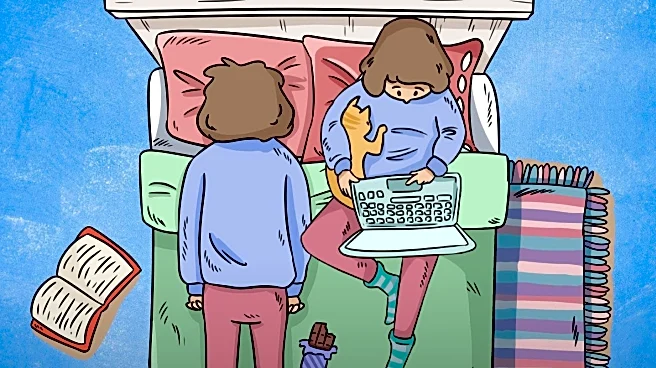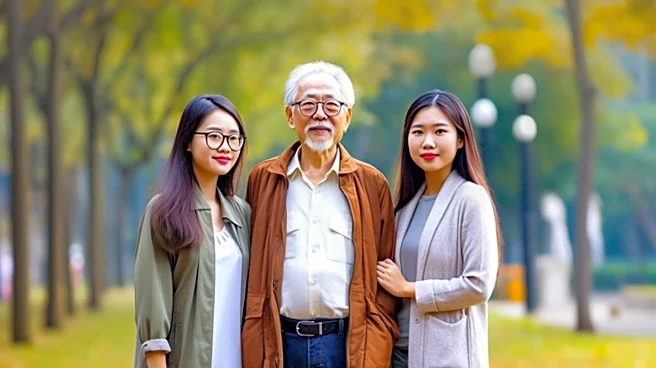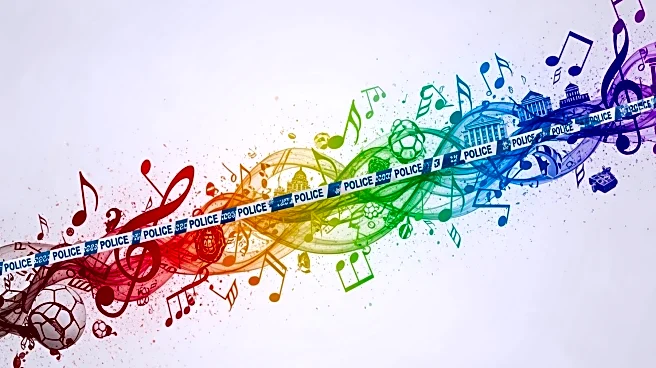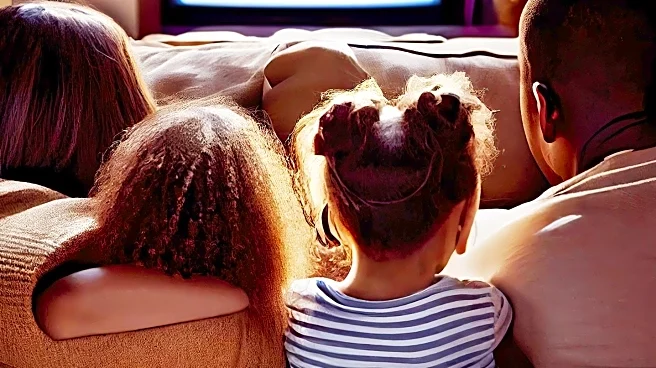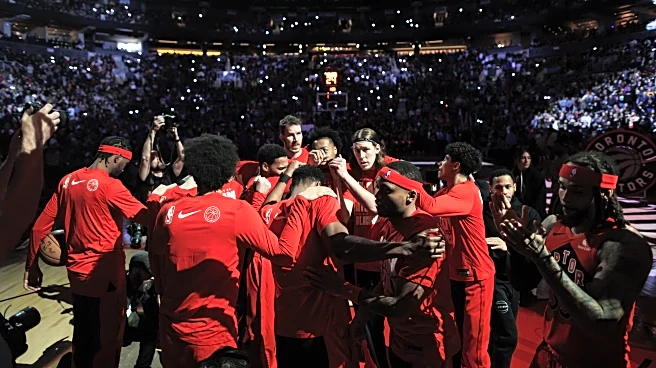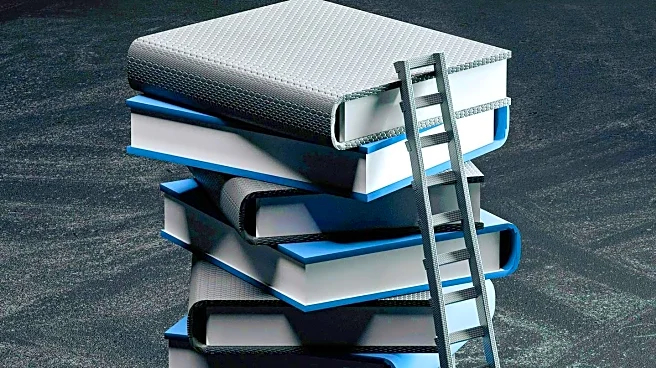What's Happening?
Penn and Kim Holderness, known for their digital content and as winners of The Amazing Race, have released their first children's picture book titled 'All You Can Be with ADHD.' The book is a rhyming celebration
of the unique qualities of having a brain that works differently, inspired by their family's experiences with ADHD. Penn and their son both have ADHD, and the book aims to provide a positive perspective on the condition. The Holdernesses are embarking on a national book tour to promote the book, which is published by Little, Brown. The tour follows the success of their previous book, 'ADHD Is Awesome,' and responds to requests from young readers for a children's version.
Why It's Important?
The release of 'All You Can Be with ADHD' is significant as it addresses the need for inclusive and positive representation of neurodiversity in children's literature. By sharing their personal experiences, the Holdernesses aim to reduce stigma and promote understanding of ADHD among children and their families. The book's publication and accompanying tour highlight the importance of creating resources that support children with ADHD, offering them validation and encouragement. This initiative contributes to broader efforts to foster empathy and acceptance of neurodiversity in society.
What's Next?
The Holdernesses plan to continue their work in children's literature, with future projects aimed at providing practical advice and support for children with ADHD. Their next book will focus on everyday challenges and strategies for managing tasks, reflecting their commitment to addressing real-world issues faced by children with ADHD. The couple's platform may also be used to advocate for other causes related to neurodiversity, leveraging their influence to promote positive change.
Beyond the Headlines
The Holdernesses' work in children's literature represents a growing trend towards addressing neurodiversity in media and education. By creating content that celebrates differences, they contribute to a cultural shift towards inclusivity and acceptance. This approach not only benefits children with ADHD but also educates their peers, fostering a more understanding and supportive environment. The success of such initiatives may encourage other creators to explore similar themes, expanding the representation of neurodiversity in various forms of media.


